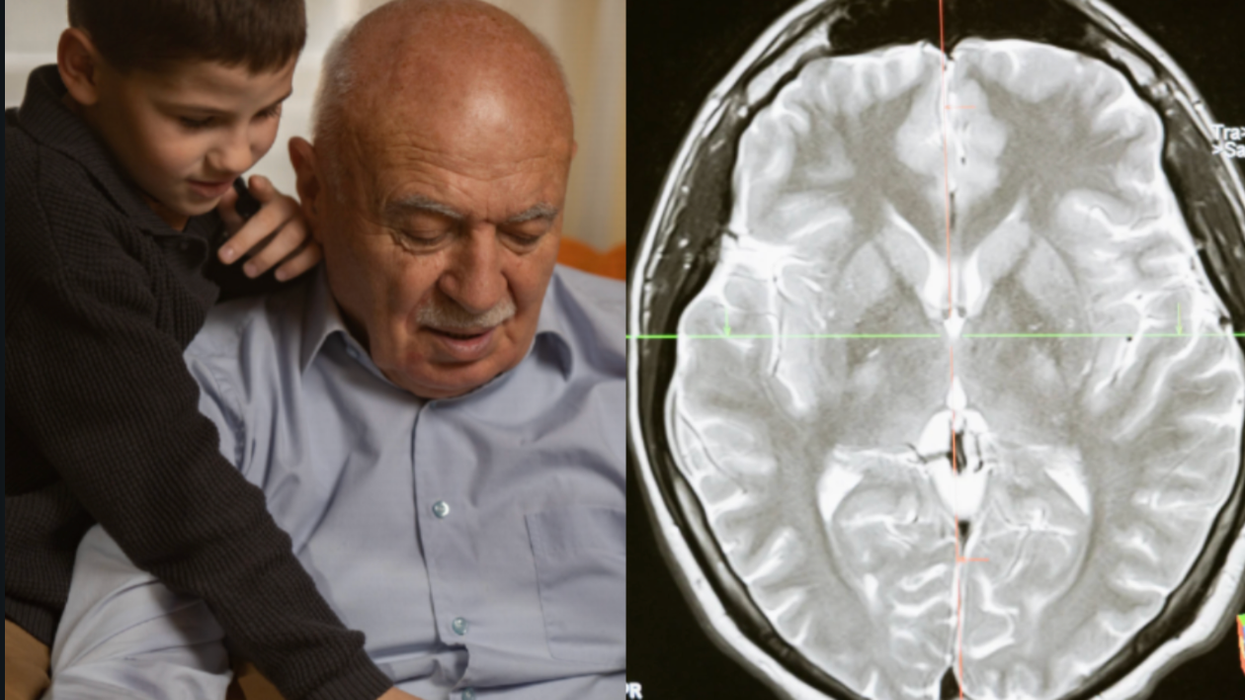Over the past 20 years, the cost of education has skyrocketed in the United States. Public universities have taken the largest hit, with the average cost of in-state tuition rising 237%. While college continues to be increasingly cost-prohibitive for the average American, a report by New America found another trend negatively affecting social mobility: the percentage of low-income students attending public universities is on the decline.
According to the report, since the late ‘90s, nearly two-thirds of public universities have reduced their share of students enrolled from families earning less than $37,000 a year, while a near identical share of these schools has seen an increase in students from families that make over $110,000 a year. According to New America, among the 381 universities studied, the share of low-income students has been reduced an average of 4.6% per school.
“As states have been cutting higher education budgets and with the ever-growing emphasis on prestige and rankings, these schools are becoming much more likely to go after wealthy students,” a senior policy analyst at New America told The Washington Post. The study illustrates an alarming trend for social mobility in America. According to The Washington Post, “Eight of the 10 colleges with the highest percentage of poor students landing in the upper middle class later in life are state schools.”
[quote position="left" is_quote="true"]As states have been cutting higher education budgets … these schools are becoming much more likely to go after wealthy students.[/quote]
The report used Stony Brook University in New York to show the importance that public universities play in promoting social mobility for low-income students. “A little more than half of the lowest-income [Stony Brook] students — coming from families earning less than $20,000 yearly — who attended the school in the late 1990s made it into the top 20 percent [of earners] (with annual salaries of at least $110,000) by their mid-30s. And nearly 8 in 10 of these students reached at least the middle class.”
Unfortunately, like many of the other schools studied, Stony Brook has seen a decrease in low-income student enrollment. In the late ‘90s, low-income students made up more than a third of the school; they now make up just a quarter.
The New America study should be a wake-up call to anyone who values equality in American life. Education is crucial to providing a level playing field for everyone, so for the country to thrive as a whole, this opportunity must be made available to those on all rungs of the socioeconomic ladder.







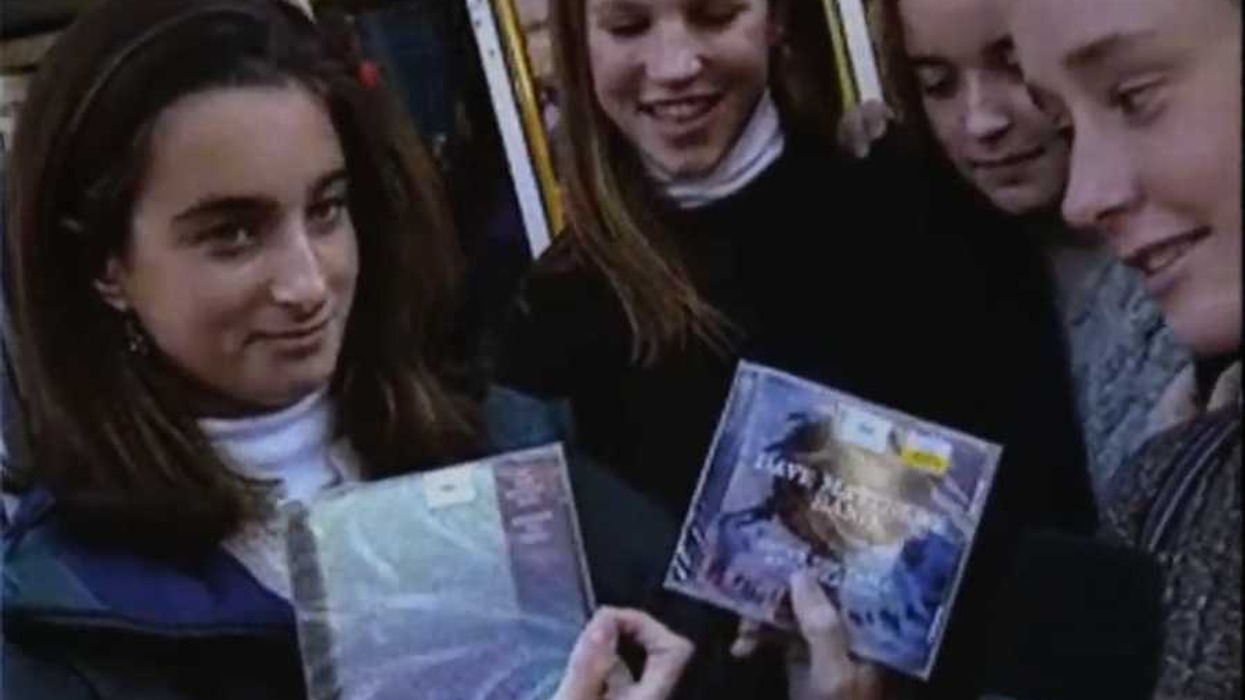





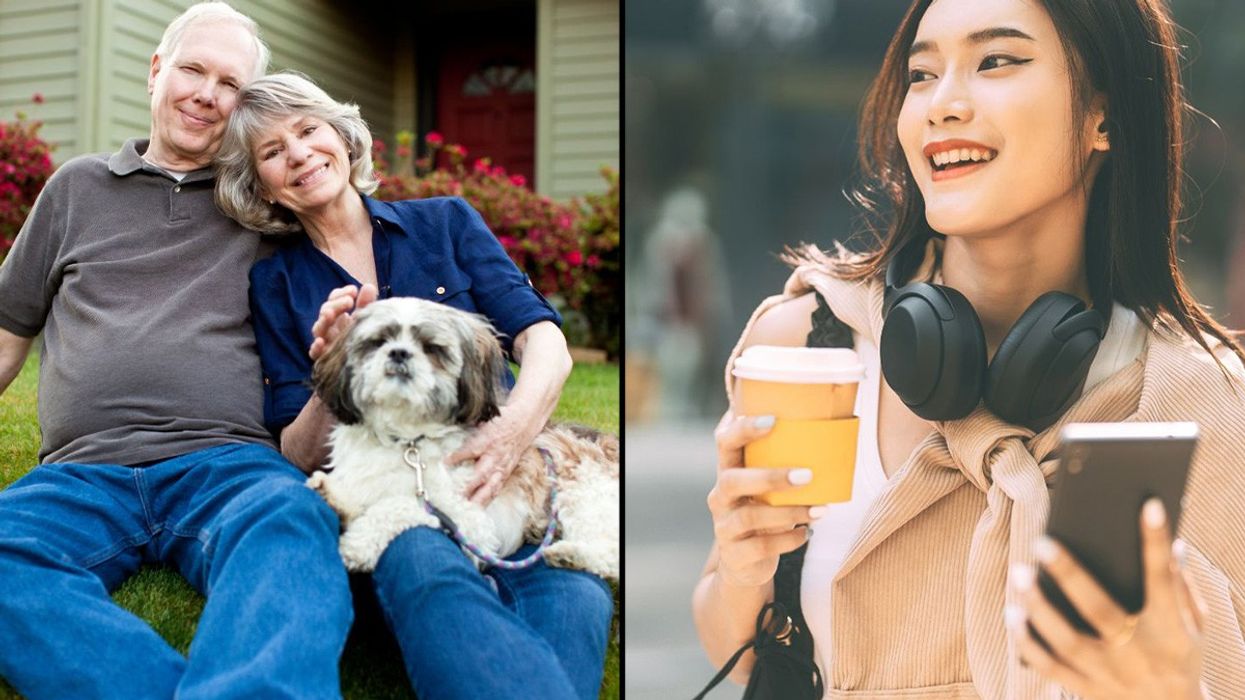

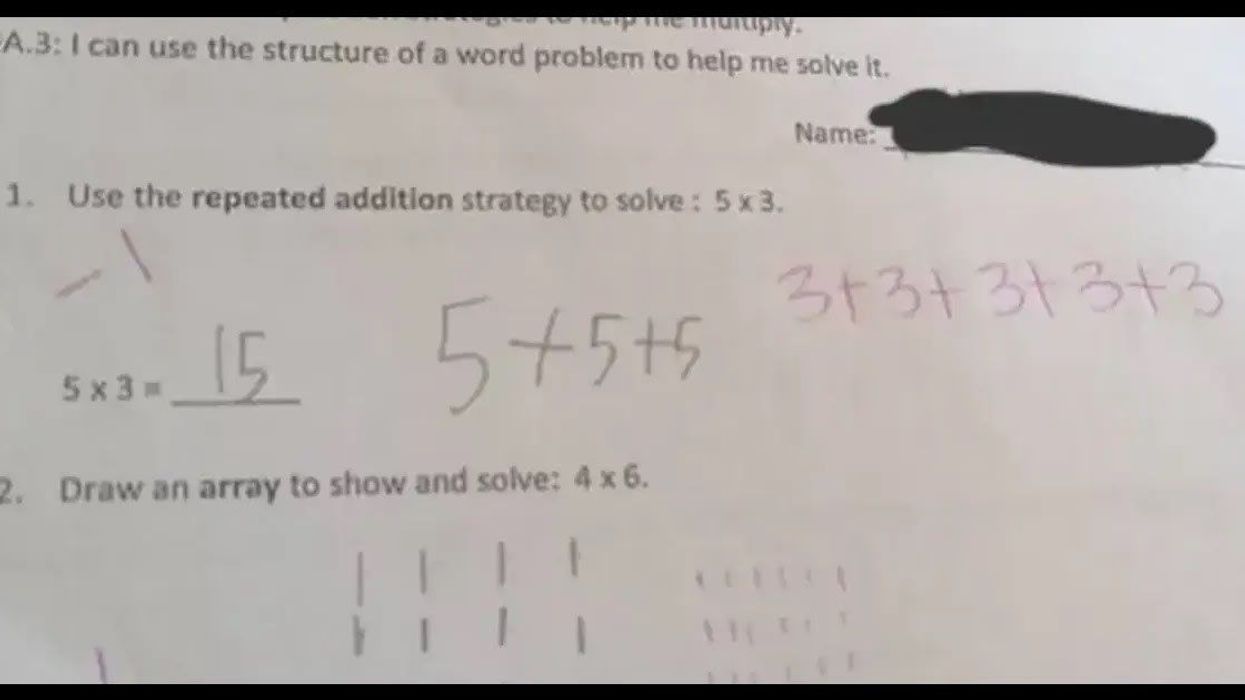


 Ladder leads out of darkness.Photo credit
Ladder leads out of darkness.Photo credit  Woman's reflection in shadow.Photo credit
Woman's reflection in shadow.Photo credit  Young woman frazzled.Photo credit
Young woman frazzled.Photo credit 
 A woman looks out on the waterCanva
A woman looks out on the waterCanva A couple sits in uncomfortable silenceCanva
A couple sits in uncomfortable silenceCanva Gif of woman saying "I won't be bound to any man." via
Gif of woman saying "I won't be bound to any man." via  Woman working late at nightCanva
Woman working late at nightCanva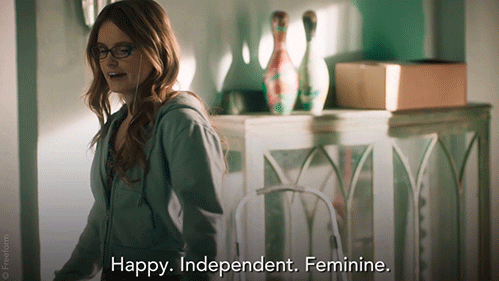 Gif of woman saying "Happy. Independent. Feminine." via
Gif of woman saying "Happy. Independent. Feminine." via 
 Yonaguni Monument, as seen from the south of the formation.
Yonaguni Monument, as seen from the south of the formation. 